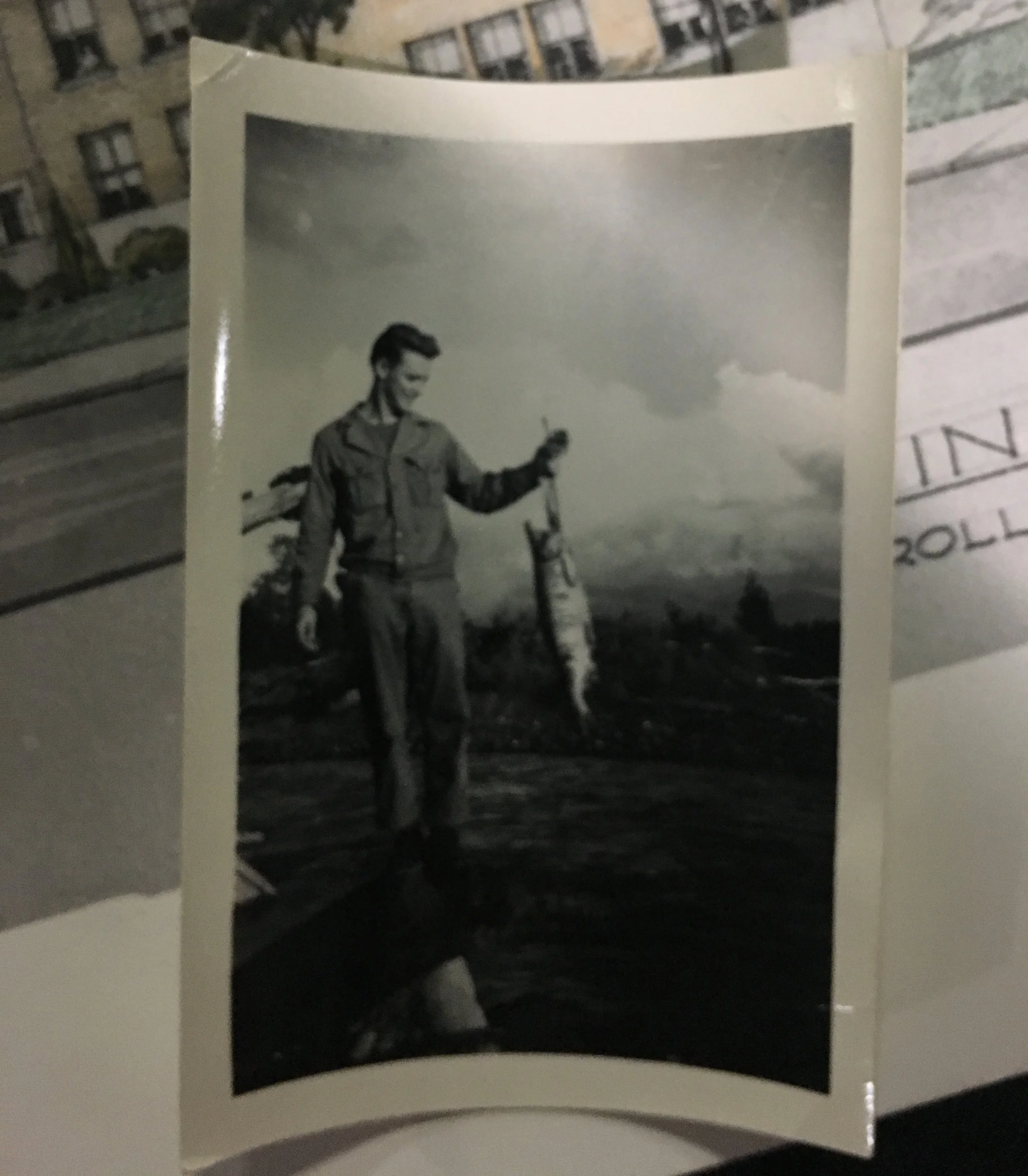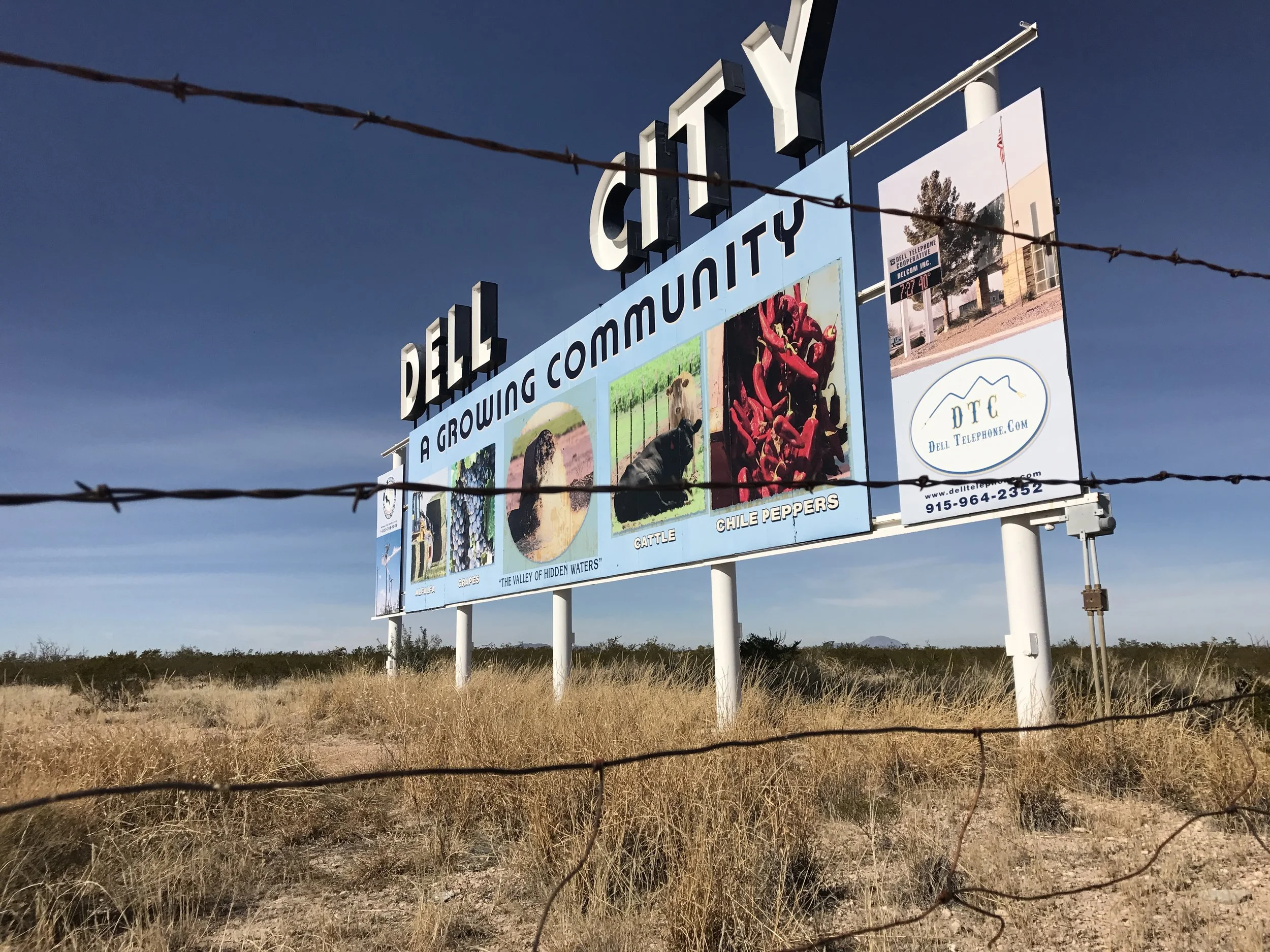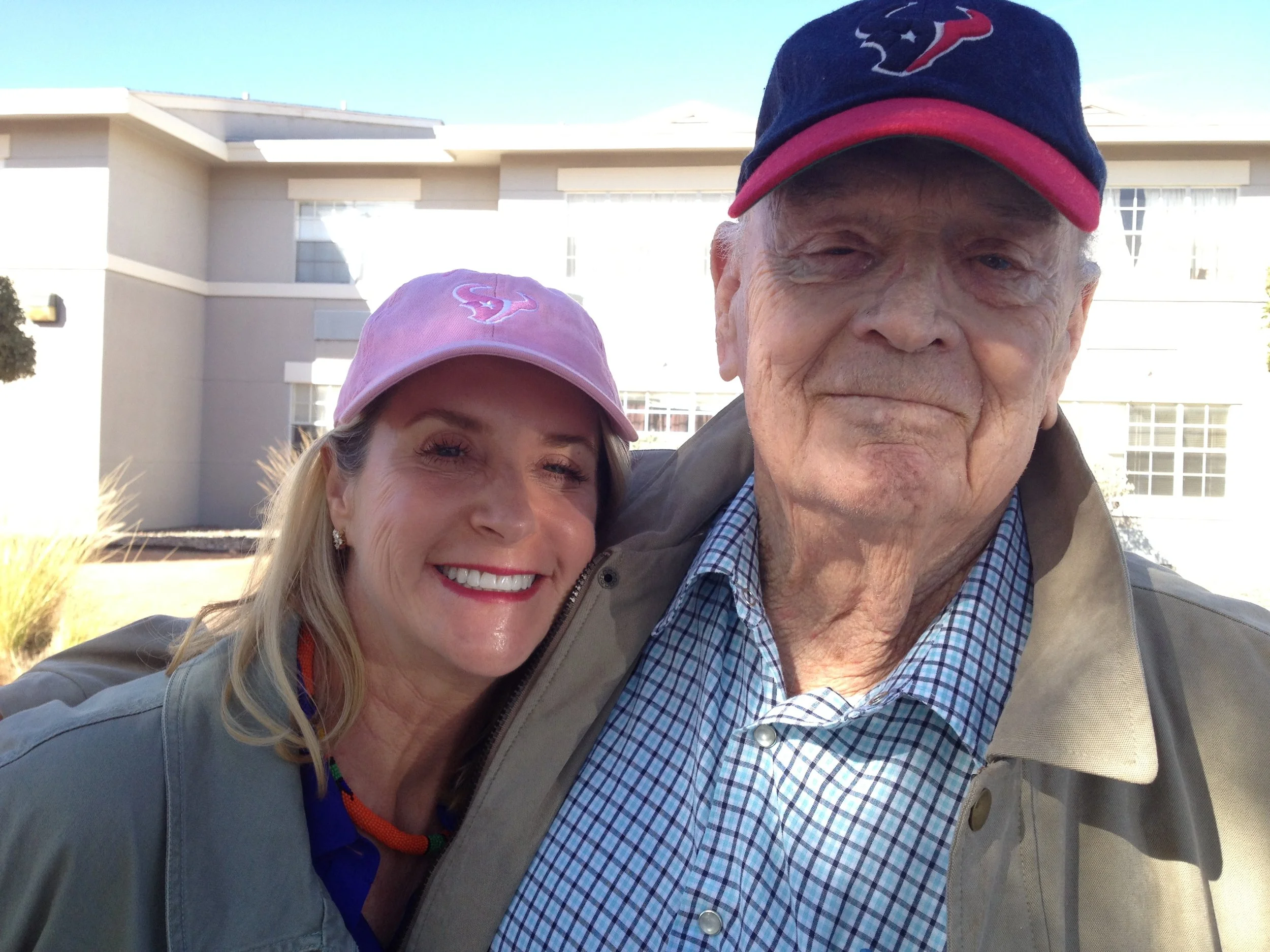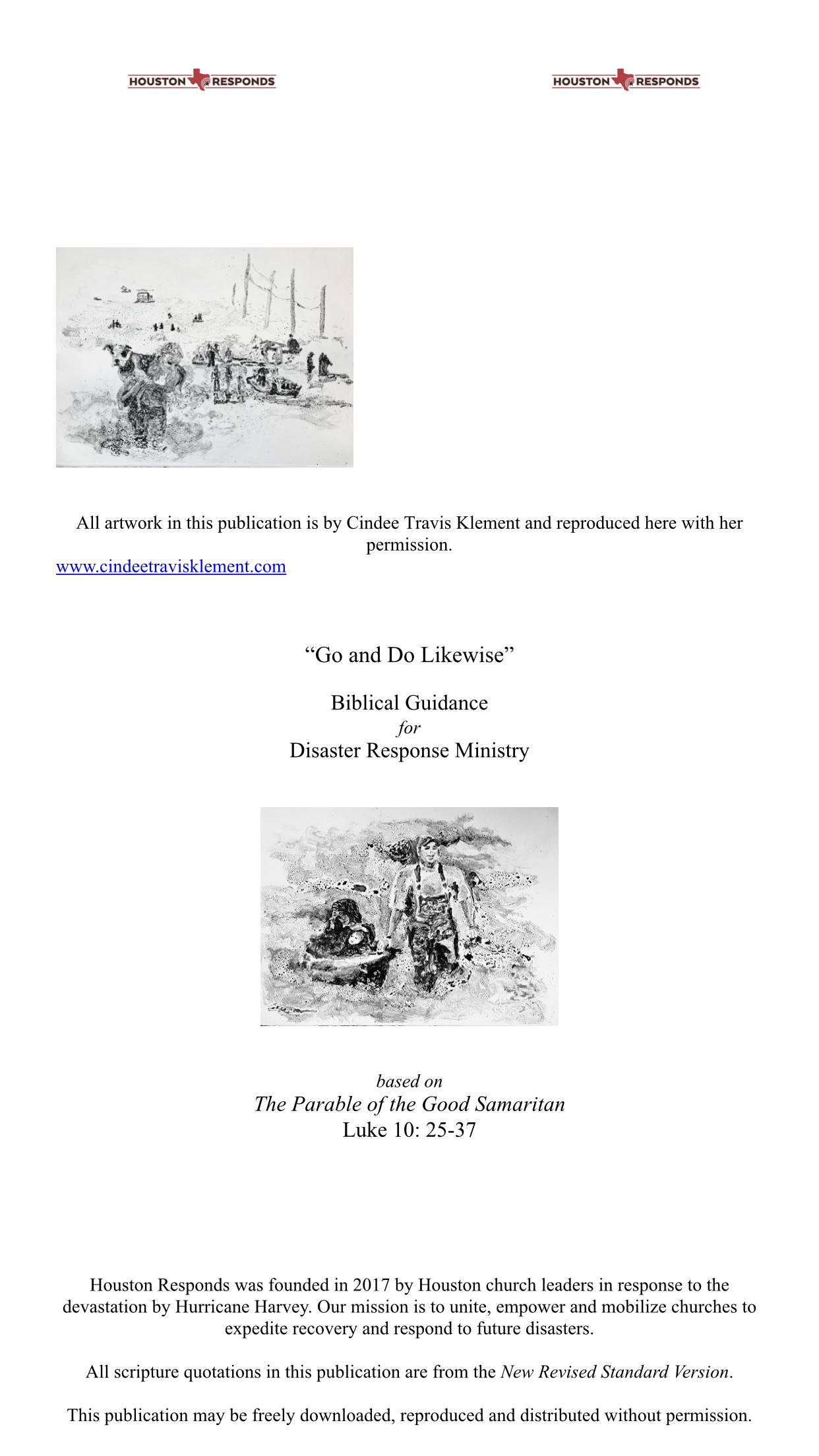I started the upper torso.
I always make the shoulders too broad and then have to adjust them. I will do that tomorrow.
Your Custom Text Here
I started the upper torso.




I always make the shoulders too broad and then have to adjust them. I will do that tomorrow.
My work day was short today.








Today I spent a lot of time cutting off and rewelding. The upper leg/booty was too big. After four hours it now has a trimmer.




I am trying to decide if I need to reinforce the lower half of the body or move on. Once I reinforce the joints it is a lot more difficult to make changes. If I move on without reinforcing the welding joints, the piece could fall apart. That is my dilemma.
Connecting the legs and reinforcing them.

Building the hips and connecting the legs

Side view

View from back


I create triangles to give the piece stability and strength.

Left side view with triangles

View from the back

view of the right side

Using scraps to create triangles to strengthen the ankles.
Looking back, I can now see the hips are not right and are exaggerating the movement. I will have the movement exaggerated when the piece is finished, but for the armature, I will have to tone it down.

I feel so fortunate to be in a city that offers so much in the arts. And easy winter weather.
This sculpture is about the movement and the energy of rescuing livestock (a pig) during Hurricane Harvey. Today I have to decide on where the figure's weight needs to be to best balance the sculpture and express the energy of hoisting the swine to safety. The photos I took of Griffin while he was walking helped me committe to the foot placement. For the weight, I need new reference photos taken from each side. I am fortunate that my husband is always agreeable to posing for me. We wrapped a stool in a towel to stand in for the pig. Below are the new photos.

View from the front

View of the left side

back view
Step one - I find or take a photo to use as a reference. Many times I take screen shots from videos I find online. This time I took photos of Griffin and Alex. At the time I was planning on sculpting “The Guy In the Astros Cap”. I had Griffin carry Alex and I took photos as he walked. I can still use the pictures of Griffin walking. Alex is too cute and tiny to stand in for the pig. I will have to wing the pig.

Photo if Griffin’s feet.
Step 2- I start with the armature for the feet, piecing them together from the small leftover scraps of my last sculpture.

Left foot, right foot

I really like the pigeon toed aspect of this photo.
Even though I like work from photos I feel free to change anything I want.
November 15, 2018
I am working in the spacious new Glassell Foundry. There is abundance of space to work in.

Hat 👍🏼 Patina👍🏼 Torch👍🏼 Welding gloves👍🏼 Paint brushes👍🏼 Respirator👍🏼 Eye protector👍🏼

The patina I am using is a layered hot patina. First I heat the piece with a torch. Then I start laying a heavy dark brown, then a heavy layer of titanium oxide. About 30 minutes in I spilled the titanium patina.
It is really a bummer because once I remix it I can not use it for 24 hours, the chemicals need to bind together. Grrrrrrrrr.😬
November 19,2018

Starting where I left off.
Three days before thanksgiving and I can’t help myself, I want to finish this patina today.

After a heavy layer of titanium ash I ran out of butane. Luckily a second tank was ready to go.

With sadness, the family of Robert Ira Travis announces his passing on March 24, 2018, at the age of 90.

Bob Travis jr., Janet Travis Fortune, Dean Travis and his dog Johnny, and Cindee Travis Klement. Bobby’s kids after setting up for his wake in the pets barn warehouse. as he requested
He was born to the late Gene Louise Young and Robert Fleming Travis on December 10, 1927.

photos from my grand parent’s high school, senior year, yearbook pages. They were married in high school and my father’s baby picture is also in the book. I wish I had that picture.

My Dad’s parents Granny Gene and Bob -pa as I remember them.
Bobby attended Austin high school,graduating in the class of 1946, where he excelled in football, basketball, and track.

a page from the Austin high school yearbook


On my Dad’s birthday- my dad with a drawing I made of him from an old newspaper clipping of him running track.

the Austin high school football team

After high school, he enlisted in the Army and was stationed in the 11th Weather Squadron in the Aleutian Islands, Alaska.
He then attended Texas Western, now known as UTEP, where he was a brother in the Phi Tau fraternity.

from left- Robert Fleming Travis Jr., Robert Ira Travis Sr., Robert Ira Travis Jr., Robert Fleming Travis Sr.
Starting his family, he managed one of the farms in the lower valley of El Paso owned by his grandfather, Robert Fleming Travis Senior.

From 1951 through 1964 he was one of the pioneering farmers who helped utilize water pumps to establish the large acreage of Dell City for cotton farming, a foundational industry for the small town that continues to this day. He was also a rider on the Dell City Cowboy Polo team, which brought home a world title in the early 1960s. He additionally farmed in Laredo, Texas from 1964 to 1966.


In his early forties, he took over the Valley Feed store on North Loop Drive in El Paso, Texas, which grew during his life time from a small store front and warehouse in an inauspicious strip mall to become the Pet’s Barn chain of pet food and supply stores with 24 locations in El Paso, San Antonio, and Las Cruces.

After family and business his passion was football. When I left El Paso in order to stay close to my Dad I started watching college and professional football. He was a cowboys fan but for me he wore a Texans hat.

Many times after he had checked on the west side stores he would stop by my house with a sucker for my kids. I drew the piece above from a photo taken on one such day. I was already to take my kids picture in their Easter clothes.
COMB HERE I
30" X 22" charcoal, ink and pastel 2015
Comb Here
This piece is inspired by an out of focus photo I took in 1993. My father stopped by my home as I was taking my son’s Easter photo. To make sure every hair was in place my father of little hair whipped out the comb he always carried in his shirt pocket. The quality of the photo was poor but the moment was priceless.
While he was a great sports fan, especially fond of the patient, strategic pace of a Diablos baseball game (and attending cold beer, Diablo dog, and peanuts), he was a greater fan of people. He liked to drive his pick-up truck from store to store in El Paso, ostensibly to make deliveries, but it was pretty clear his aim was to connect with employees and remind them all to always keep a comb and pocket knife handy. It is quite possible that there is not a road in El Paso he has not driven in search of a good meal and good conversation.
It was his way to connect with others over food, and he was a connoisseur of El Paso cuisine. On his rounds, he scouted the city for locally owned gems to share with those he loved. He was a fine cook as well, especially known for his smoked meats, and knew that care and attention to detail could make any meal, from a 20 hour brisket to a simple bowl of corn flakes, memorable.
Bobby was a self-starter with an independent streak, and while fortune did not always shine on his ambitions, he possessed the resilience and (he’d insist) plain dumb luck to build a lasting legacy. Not just in the business he helped start, but in the wit, wisdom, and love he shared with friends and family.
He is survived by sons Bob Travis (partner Terri Sanderson) and Dean Travis (partner Linda Razloznik) (El Paso); daughters Cindee Klement (husband Curtis) (Houston) and Janet Fortune; and his son-in-law Craig Fortune (El Paso); grandchildren Barrett Travis (partner Amber Giese) (Milwaukee, Wisconsin), Eric Travis (wife Josette) (ElPaso), Aaron Travis (San Antonio), Nicole Ramirez (husband Renee) (Columbus, Ohio), Kyle Razloznik, Ryan Razloznik (wife Shellie) (San Antonio), Griffin Klement (wife Alex Groome) (College Station), Sage Klement (Houston), Travis Fortune (El Paso), and Reese Fortune (El Paso); sister Genie Lou Irvin (husband Widgie) (Columbia, Missouri); brother Warren Travis (San Francisco, California); great-grandchildren Abby, Emma and Danica Travis, Adam Hernandez and Julian Perez (El Paso), Collin Travis (Milwaukee, Wisconsin), Aiden and Harper Razloznik(San Antonio), and Evan Ramirez (Columbus, Ohio); and brother- and sister-in-lawsRobert and Mary Earp (El Paso).
A wake will be held in the warehouse of Pet’s Barn at 368 Yarbrough, El Paso, on
Sunday May 6th, 2018 at 2:00pm, where his family and friends are invited to celebrate his life.
Memorial funds may be donated to theAnimal Rescue League of El Paso, 7256 La Junta Dr., Canutillo, Texas79835, www.arlep.org/. 915-877-3785,

Eileen and me at the wake. Neither one of us could talk we were so teary. Thank you Eileen for everything.
His family extends a special heartfelt thanks to Christina Rodriguez, whose care throughout the years made it possible for him to live at home, and to Eileen Carbajal, whose endless personal assistance and friendship throughout the years relieved him of daily worries and helped to maintain the independence he valued so greatly.

At his 90th birthday party
Below is a song my sister Janet Fortune and I wrote for his birthday. We all sang every year for his birthday. 🎄😀




“You’ll remember me when the west wind moves upon the fields of barley. You can tell the sun in his jealous sky when we walked in fields of gold.”
🌾
Thanks to my nephew Barrett Travis for writing such a beautiful obituary and adding the younger generations perspective.
You can see the rough coat on the underside of the bench. I am ready for the second application of concrete.
I have flipped the bench over and will work from the top to the bottom. You have to work from the top to the bottom because the process is very messy.


Step 1. Protect the bronze birds by covering them with plastic wrap.
Step 2. Paint the lath with a concrete bonding adhesive.
Step. 3 Make a slip from the concrete and the bonding adhesive. Paint the slip onto the piece.
Step.4 Apply concrete by hand.
Mateo. 5 Remain calm, enjoy the process.

It turns out my bonding adhesive is old, as a result my concrete does not want to stick together. I am grateful I am only working on the scratch coat. I can fix anything that falls off when I apply the final coat.

I like this branch growing around the other
Things did not go as planned as I worked on the bench. My bonding adhesive was old and the cement just was not sticking. And marriages do not go as planned. The lesson here is just roll with it. I will get new bonding adhesive next week and the next application will go smoothly. It is not worth getting upset over. The fun part of marriage is having someone go through the rough spots with you, someone who makes the rough spots not so rough, maybe even fun. Look for the good in every situation, it is there. Make your problems work for you.
Back in October I received a phone call from Jeff Schultz of Houston Responds. Jeff was holding a conference the following week for local churches. He was trying to recruit volunteers to help those who still need help getting their lives back after Hurricane Harvey. He needed images for his Bible study booklet. I was thrilled to help out. I never received a copy of the booklet, but here are a few screen shot from the email he sent me.



My first thought was to make a sculpture to be exhibited with the drawings of a man rescuing a woman and a baby. I loved how obvious it is in this drawing that they are strangers. He is carrying her but with his body language he could be carrying a sack of potatoes. His energy is focused inward, perhaps he is worried about his own family. She is the same, she is affectionate with the baby but she is not snuggling into her rescuer. There is not a history between the rescuer and the girl.

“The guy in the Astros cap”
After some consideration, I have decided to make the sculpture a livestock piece. I changed my mind because I feel the livestock pieces need to be very large to properly convey the extraordinary feats some people went to in order to save their livestock. I also like the fact that it is unexpected to make the sculpture of a pig rescue. I can always make a sculpture from the other drawing later.

“Bringing home the bacon”
Our Myer lemon tree has been struggling all fall, as a result I now have a new root.

What is left of my diseased tree.

From the root
I will cast it in bronze and turn it into a second tool for my regenerative agriculture project “roots are tools.” First, I need to make sure that my first piece works out like I have imagined it. Unfortunately, I have been unable to pour the bronze for the piece.
It is taking awhile to get all of the kinks worked out of the MFAH Glassell Studio School Foundry. As a result, I have not poured any pieces this fall. I am anxious to pour my root. I would like to know if my creative sprueing system works. If it works, this Myer lemon root will make a great tool.

I place cardboard in the seat to prevent the concrete from falling through the mesh.

The bench is flipped over so I can place the concrete coat on the underside of the seat.


Taaaada

Personalizing the gift.

❤️ mom and Dad.
now 5 days of humidifing the Concrete.
Concrete has to stay wet for five days. If it doesn’t, it cracks. In order to keep my piece wet, I created a temporary humidifier room. The frame is PVC and actually Curtis bought and built the pvc frame for me. It was a honey do project for him. And I am very grateful for all his help. Several years ago, Christine Medina created a plastic tarp to fit my frame. She creatively held it together with stickers from an exhibit in the old Rice Gallery. The last time I used it, the stickers fell off. As a result I have made a new plastic cover.

My new cover has red construction zippers that will allow me to peak in and make sure the piece is staying moist.

My humidifier with a dolly sitting inside.
The next step is to get a strong board 24” X 48”
to set in the the dolly and then set the bench on. - another honey do. The bench is from us both so I don’t feel guilty asking curtis to help out.
Several weeks ago I leveled the feet so the bench will not wobble.

I am expanding my regenerative agriculture/sustainable living work. This additional work will air the devastating impact that pesticides have on pollinators. I have decided that, to portray the reported impact of pesticides on this basic ingredient for life, the artistic language for communicating this message will be scale, placement, technique, and media.
Scale- My paper is 44” T X 30” W. The pollinators size will be magnified approximately twenty times.
(Should I go bigger?)
Placement- The bee will be on its back, and dead at the bottom of the page.
Media- I will use watercolor as it immolates the water properties of pesticides.
Technique-I will attempt to apply the media so that It speaks of the pesticide spray, pollen dust and disintegration. Getting the perfect technique down is one of trial and error. Below are trials I-VI.

Attempt #1

#2 getting better.

#3 is the ghost of #2
On day two I have decided to try adding more colors in the black and maybe blast it with a spray bottle of water and then print it.
11/20/2018
Day 2

Glysophate #4
I added color more color but it is not showing up as I would like. The wings are much better.

glysophate #5
I added more color and.......in this photo you can’t see it. In person it is Subtle. I kind of like it.

I sprayed my plate with water after the last print and now I wait for it to dry. It is in puddles, it may never dry.

Glysophate #6
It has occurred to me that, working with individual bees, I am not addressing the colony collapse and disorder that will result. Should I? Do I need to?
Any thoughts to share?

“You Make Me Stronger” 12” X 5.75” X 2.25” bronze
photo by Nash Baker
At the end of every semester at Glassell, we clean out all the disheveled cabinets and drawers. We throw away broken tools and parts and reorganize the rest. A few years ago, while cleaning out the hammer and chisel drawer, I came across a worn out sledge hammer. Through the worn garish red paint the satiny steel skin of the mallet was unblemished, it had gotten better with age. Its handle on the other hand had not weathered as well. It resembled more of the rugged surface of old drift wood than a powerful hand tool. Its life had been extended several times with layers of duct tape that were now thread bare. I could only imagine over the years how many passionate sculptors had partnered with this handle and mallet to create their dreams; how many artist used it to mold their creations. I loved it for the history it held in the splintered grains of wood of its handle and the silent strength of its barely-red steel mallet. It’s days of hard labor are over. I bought the school a shiny new blue and yellow sledge hammer with a rubber handle and took the old red maul home to rest. Uncertain of its exact future, it rested on my den coffee table for the better of a year. Guests always comment on what a cool tool it was. It sparked unsolicited stories of hard work, of past labors and stubborn relatives. This summer, I decided to make a mold of the old maul. Each casting will tell a different story. This first casting is “You Make Me Stronger,” an ode to great partnerships as in the one with the artist, the handle, and the mallet.
